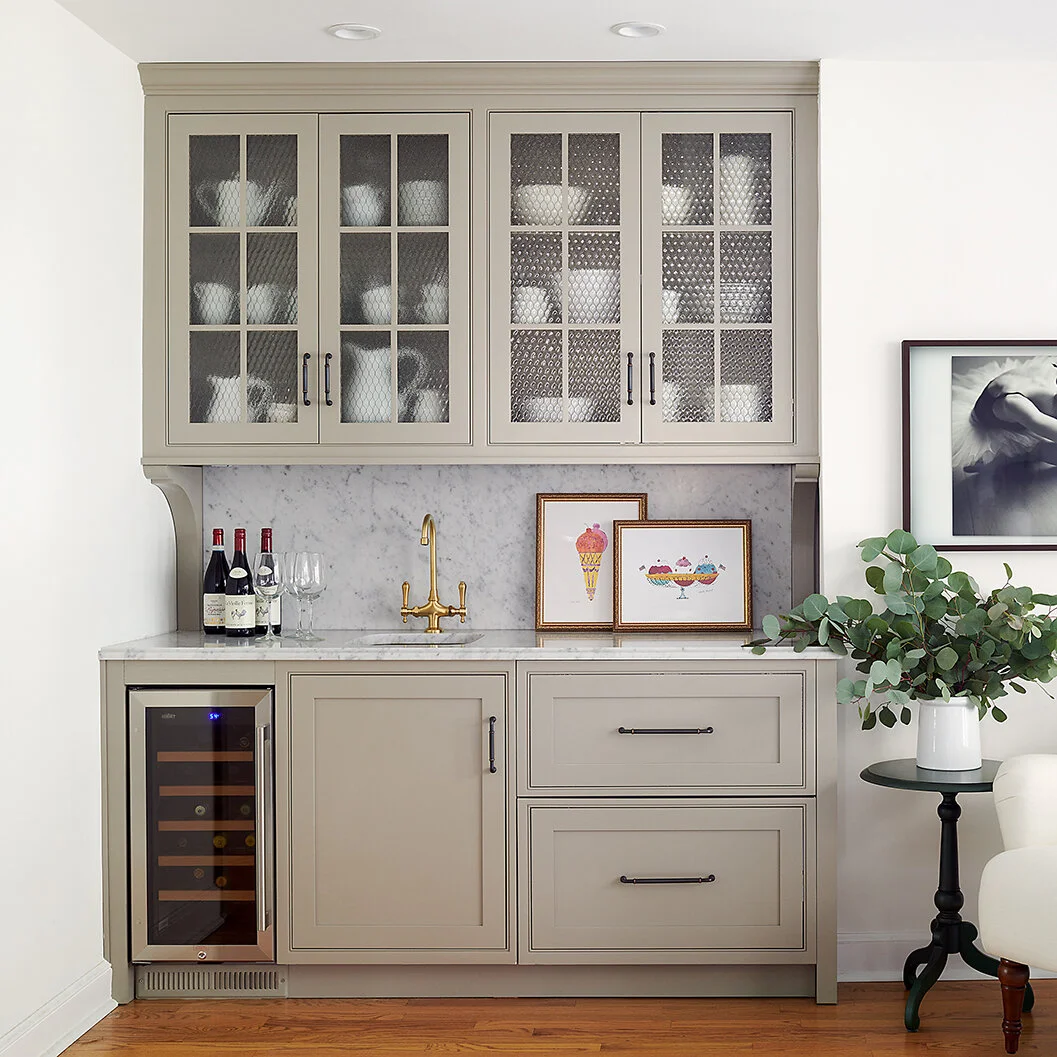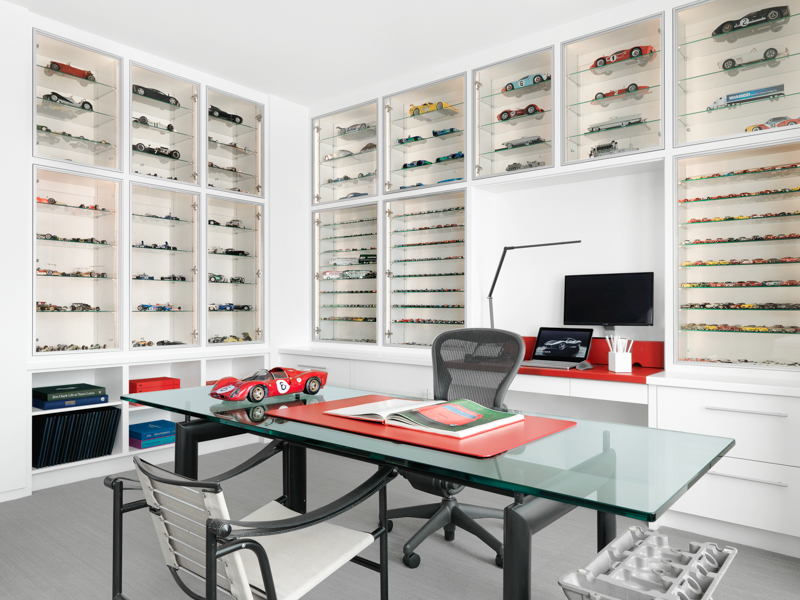Featured
The appropriate selection of materials can substantially affect your gate's looks, resilience, and functionality. Below's a guide to picking the best products for your custom entrance gateway.
Wood gates emanate warmth and natural elegance, making them a popular option for traditional and rustic styles.
Pros:
Visual Appeal: Provides a timeless, classy appearance that enhances a variety of architectural designs.
Adjustable: Can be tarnished, painted, or sculpted to achieve an unique style.
Eco-Friendly: Sustainable options like reclaimed timber decrease ecological effect.
Cons:
Upkeep: Calls for routine tarnishing or sealing to secure against weather and parasites.
Resilience: May warp, split, or rot with time without proper treatment.
![]()
Metal gateways are celebrated for their resilience and capability to suit complex styles.
Pros:
Longevity: Resistant to damage, making it suitable for high-traffic areas.
![]()
Design Adaptability: Suitable for both traditional wrought iron designs and modern-day, smooth styles.
Low Upkeep: Needs marginal maintenance with appropriate finishes to stop rust.
Disadvantages:
Cost: Premium metals like wrought iron or stainless steel can be expensive.
Heat Retention: May end up being hot to the touch in straight sunlight.
Aluminum is an economical option to heavier steels, offering a modern-day look with low maintenance.
Pros:
Corrosion-Resistant: Perfect for areas with high humidity or seaside climates.
Lightweight: Easier to install and run contrasted to various other steels.
Cost Effective: Supplies a streamlined check out a reduced cost.
![]()
Disadvantages:
Stamina: Less long lasting than larger metals like steel or iron.
Limited Customization: Not as functional for complex layouts.
Vinyl entrances are understood for their price and simplicity of upkeep, making them a sensible option for many house owners.
Pros:
Reduced Upkeep: Immune to weather, bugs, and UV rays.
Cost-efficient: Affordable in advance and gradually due to marginal upkeep.
Range: Available in a variety of colors and styles.
Disadvantages:
Sturdiness: Much less durable than timber or steel and can crack in extreme temperature levels.
Appearance: Lacks the natural appearance of wood or the class of metal.
Composite gateways combine wood fibers with plastic or resin to produce a eye-catching and sturdy option.
Pros:
Toughness: Immune to rot, warping, and bugs.
Reduced Maintenance: Doesn't call for paint or discoloration.
Eco-Friendly: Usually made from recycled materials.
Cons:
Expense: Extra expensive than traditional wood or plastic.
Appearance: May do not have the authenticity of all-natural wood.
When Finding Products,Trick Considerations.
Climate: Think about just how the product will do in your regional climate condition. For instance, steel is perfect for longevity, while vinyl works well in moist atmospheres.
Upkeep: Pick a product that fits your way of living and determination to maintain it over time.
Style: Ensure the material straightens with your home's building design and individual taste.
Budget: Aspect in both ahead of time costs and long-term costs for repair and maintenance.
Final Thoughts
Selecting the best product for your personalized access gateway is a crucial action in producing a aesthetically attractive and functional entryway to your building. Whether you prioritize the ageless beauty of wood, the toughness of metal, or the usefulness of vinyl, there's a product to match your needs. By balancing visual appeals, resilience, and expense, you can develop a custom-made entrance that enhances your home's aesthetic charm while standing the examination of time.
- Timber: Classic Beauty
Wood gates emanate warmth and natural elegance, making them a popular option for traditional and rustic styles.
Pros:
Visual Appeal: Provides a timeless, classy appearance that enhances a variety of architectural designs.
Adjustable: Can be tarnished, painted, or sculpted to achieve an unique style.
Eco-Friendly: Sustainable options like reclaimed timber decrease ecological effect.
Cons:
Upkeep: Calls for routine tarnishing or sealing to secure against weather and parasites.
Resilience: May warp, split, or rot with time without proper treatment.
- Steel: Strength and Convenience

Metal gateways are celebrated for their resilience and capability to suit complex styles.
Pros:
Longevity: Resistant to damage, making it suitable for high-traffic areas.

Design Adaptability: Suitable for both traditional wrought iron designs and modern-day, smooth styles.
Low Upkeep: Needs marginal maintenance with appropriate finishes to stop rust.
Disadvantages:
Cost: Premium metals like wrought iron or stainless steel can be expensive.
Heat Retention: May end up being hot to the touch in straight sunlight.
- Light weight aluminum: Lightweight and Economical
Aluminum is an economical option to heavier steels, offering a modern-day look with low maintenance.
Pros:
Corrosion-Resistant: Perfect for areas with high humidity or seaside climates.
Lightweight: Easier to install and run contrasted to various other steels.
Cost Effective: Supplies a streamlined check out a reduced cost.

Disadvantages:
Stamina: Less long lasting than larger metals like steel or iron.
Limited Customization: Not as functional for complex layouts.
- Vinyl: Practical and Budget-Friendly
Vinyl entrances are understood for their price and simplicity of upkeep, making them a sensible option for many house owners.
Pros:
Reduced Upkeep: Immune to weather, bugs, and UV rays.
Cost-efficient: Affordable in advance and gradually due to marginal upkeep.
Range: Available in a variety of colors and styles.
Disadvantages:
Sturdiness: Much less durable than timber or steel and can crack in extreme temperature levels.
Appearance: Lacks the natural appearance of wood or the class of metal.
- Composite Materials: The Most Effective of Both Globes
Composite gateways combine wood fibers with plastic or resin to produce a eye-catching and sturdy option.
Pros:
Toughness: Immune to rot, warping, and bugs.
Reduced Maintenance: Doesn't call for paint or discoloration.
Eco-Friendly: Usually made from recycled materials.
Cons:
Expense: Extra expensive than traditional wood or plastic.
Appearance: May do not have the authenticity of all-natural wood.
When Finding Products,Trick Considerations.
Climate: Think about just how the product will do in your regional climate condition. For instance, steel is perfect for longevity, while vinyl works well in moist atmospheres.
Upkeep: Pick a product that fits your way of living and determination to maintain it over time.
Style: Ensure the material straightens with your home's building design and individual taste.
Budget: Aspect in both ahead of time costs and long-term costs for repair and maintenance.
Final Thoughts
Selecting the best product for your personalized access gateway is a crucial action in producing a aesthetically attractive and functional entryway to your building. Whether you prioritize the ageless beauty of wood, the toughness of metal, or the usefulness of vinyl, there's a product to match your needs. By balancing visual appeals, resilience, and expense, you can develop a custom-made entrance that enhances your home's aesthetic charm while standing the examination of time.
Latest Posts
Which Furnishings Materials Are Finest for Sturdiness and Design?
Published Jan 19, 25
0 min read
Artisanal Wooden Doors
Published Jan 19, 25
0 min read
Customized Access Doors Aesthetic Allure
Published Jan 19, 25
0 min read